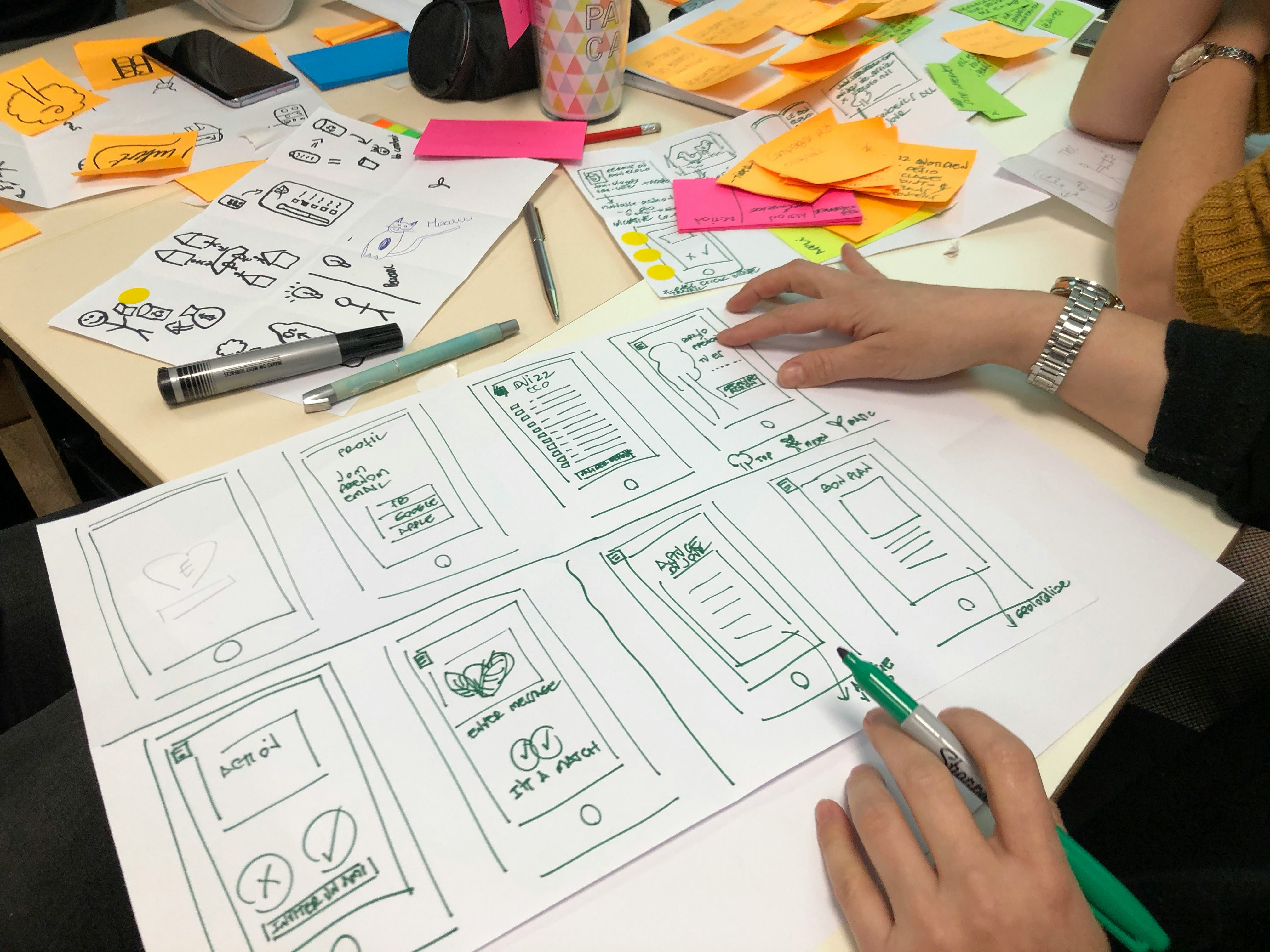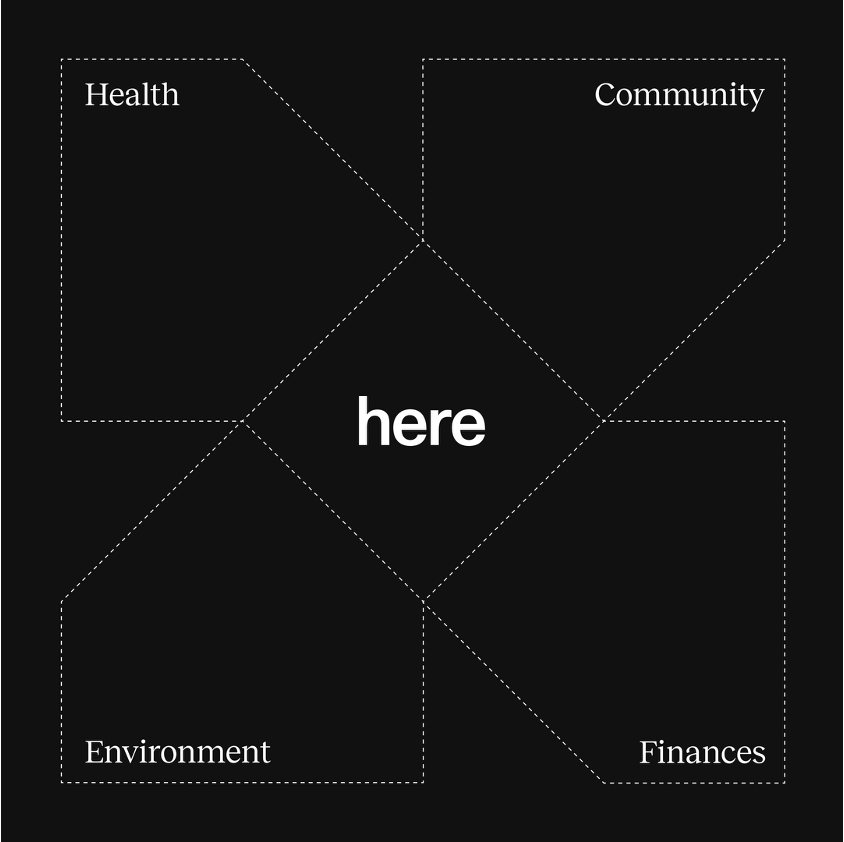Avoid the U-Haul U-Turn
Big moves can be costly. How to test-drive a place before you commit.
Most of us have daydreamed about living somewhere else. Maybe it’s a mountain town with crisp air and hiking trails, or a coastal city with new restaurants and energy. Chances are, better places do exist for you—but how can you know for sure? The danger isn’t dreaming; it’s assuming that the grass must be greener. Optimism can be inspiring, but it can also lead to what I call a “U-Haul U-Turn”—packing up for a place that turns out not to fit as well as you hoped.

When the Dream Doesn’t Match Reality
Think of the people who moved during the pandemic. For some, the change unlocked a healthier rhythm of life. But for others, that dream move became an unplanned U-turn—an expensive lesson in how place shapes happiness.
One couple I know left a dense urban area for a quiet rural town, hoping for simplicity and safety. A year later, they missed the energy of city life, the convenience of nearby friends, and the professional connections that once came naturally. They didn’t fail; they simply hadn’t tested the fit of the new place before making the leap.
A move reshapes more than your address. It influences how you spend your days, who you see, how you stay healthy, and even how you view yourself. A move should be treated less like a purchase and more like a prototype—something to experiment with before you commit fully.

Apply Design Thinking to Life Decisions
Design thinking—a creative, problem-solving approach used in innovation and business—can be just as powerful for personal choices. It emphasizes empathy, experimentation, and iteration. Rather than trying to predict what will work, you test what might. That mindset—from perfection to prototype—can save you from costly mistakes and help you discover the right place for the next chapter of your life.
In the context of place planning, design thinking invites you to treat relocation as a learning process. You start by understanding yourself: what energizes you, what drains you, and what you truly need from your surroundings. Then, before buying a home or signing a lease, you try out the experience. Spend a few weeks there. Visit in different seasons. Take a “workcation.” The goal is to experience daily life in that environment before you fully commit.

Questions to Guide Your Testing
As you test a potential place, it helps to think across four dimensions of place — physical environment, health, community, and finances. Below are a few preliminary questions to guide your exploration:
Physical Environment
• Are the housing options practical for how you live—walkability, bikeability, access to daily amenities, space, and safety?
• Does the weather suit me?
• Does the physical dwelling offer the space and amenities I seek, such as the number of bedrooms, office space, etc.?
• Can the physical dwelling I am considering work for me today as well as for future life stages?
Health
• What type of metro area or neighborhood truly feels like home?
• Can this place support the lifestyle I desire (i.e., exercise, diet, etc.)?
• How is the quality and availability of health care, from primary care to specialists?
• Can this place offer opportunities for purpose, such as through work, volunteering, or proximity to friends and family?
Community
• In general, for this area, how easy do you think it will be to find, make, and retain friends?
• Are there neighborhoods where you’re more likely to find “your people”?
• How far will you be from family and those you care about?
• Are there clubs, associations, religious organizations, or affinity groups that you could join if desired?
Finances
• Can you afford a home here—both now and over time?
• What is the broader cost of living, including taxes, insurance, and healthcare?
• How stable is your income or financial plan if the economy in this place changes?
• Is it more appropriate for you to rent or buy?
Testing these dimensions—through visits, conversations with locals, or trial periods—turns vague intuition into grounded knowledge. Instead of asking, “Could I live here?”, you begin to answer, “How well could I live here?”
.jpg)
Before You Move, Look Closer to Home
Sometimes the best move starts by reimagining your current place. Are there small changes—new routines, spaces, or connections—that could make where you live now feel more aligned with what you value? Investing in local friendships, adjusting your schedule, or reshaping your environment can make a surprising difference.
But if, after thoughtful testing, you decide a move is right, take steps that reduce risk and build confidence. Rent before buying. Try an extended stay. Keep relationships and commitments open until you’re sure. A “test-and-learn” mindset won’t eliminate uncertainty, but it transforms a big decision into a thoughtful exploration—one that honors both your optimism and your realism.
Because ultimately, finding the right place isn’t about chasing perfection. It’s about designing confidence in your choice—and avoiding your own U-Haul U-Turn along the way.


